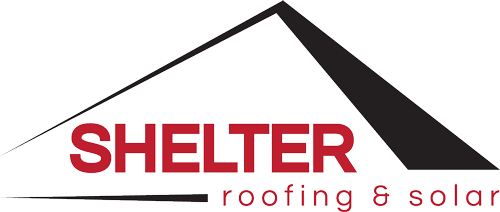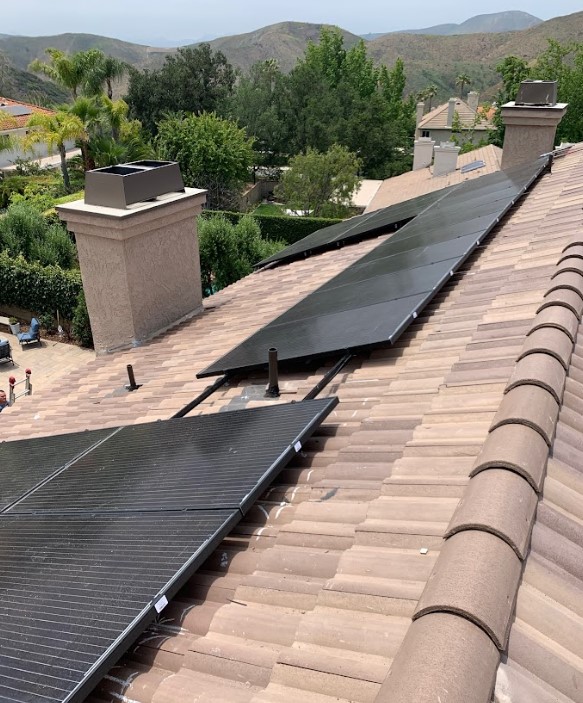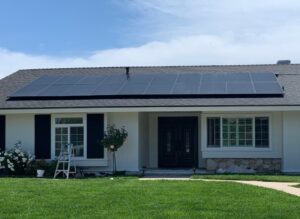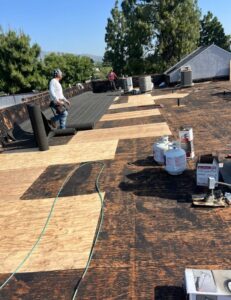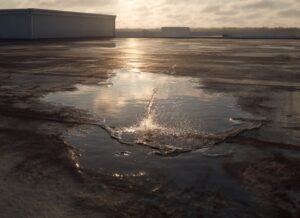Here’s the thing about roofs—they’re not something you think about until something goes wrong. But the truth is, most roofing issues don’t start in the middle of the roof. They happen at the edges, in the corners, and around the features that make your roof more complex.
If you’re a homeowner in Thousand Oaks, this is the kind of knowledge that can save you time, money, and major headaches. Knowing the vulnerable areas of a roof—and spotting issues before they become real problems—gives you a huge advantage. Whether you’re trying to avoid your next big repair bill or just want to get the most out of your home, this is the kind of stuff that pays off.
At Shelter Roofing and Solar, we’ve spent over 40 years working on homes just like yours. We know exactly where your roof is most likely to leak, and more importantly, how to stop that from happening in the first place.
Why the Edges of Your Roof Matter More Than the Middle
Most people assume a leak starts where the shingles are thin or worn out. But that’s rarely the case. Roofing problems usually begin where two parts of your roof meet, or where something sticks through it—like a vent, skylight, or chimney.
Why? Because those are the weak spots. Water loves the path of least resistance, and those little seams, cracks, and corners? That’s where it gets in.
The key to keeping your home dry isn’t overbuilding the roof—it’s protecting those high-risk areas with the right materials, proper sealing, and a team that actually knows what they’re doing.
The Most Common Weak Spots on a Roof
There are a handful of areas we pay close attention to during every inspection. If you’re going to get a leak, chances are it’s going to show up in one of these places.
Valleys
Roof valleys are where two slopes come together to form a channel. They naturally collect more water and debris than the rest of your roof. If they’re not sealed properly or they get clogged, you’ll have water pooling—and that’s when trouble starts.
Especially in older homes around Thousand Oaks, we often find that valley flashing has deteriorated or wasn’t installed right to begin with.
Chimneys, Skylights, and Vents
These features punch holes through your roof. That’s fine—as long as they’re flashed correctly. Flashing is the metal or rubber material that seals those connections. But when flashing starts to crack, corrode, or lift, it becomes a leak waiting to happen.
We’ve seen so many leaks start right around a vent pipe or skylight because the original install didn’t hold up. A five-dollar part installed poorly ends up costing thousands later.

Roof Edges
Your roof edge takes a beating—from wind, rain, and heat. Without a proper drip edge, water can sneak up underneath the shingles and into the wood. This is where you start getting rot, peeling paint, or gutter problems.
A lot of builders skip corners here to save money, and it shows after a few years.
Pipe Boots
You’ve probably never thought about the little pipes sticking out of your roof, but they’re sealed with rubber or metal “boots” that don’t last forever. Once the rubber dries out and cracks—or the metal rusts—you’ve got a clear entry point for water. And since these are small, leaks often go unnoticed until water shows up inside the house.
Flat or Low-Slope Areas
Got a porch addition, sunroom, or architectural feature with a low slope? Those areas don’t shed water like pitched sections do. They’re much more prone to pooling and long-term moisture exposure.
Low-slope roofing needs special attention, including different materials and installation techniques. If someone treats it like the rest of the roof, you’re asking for issues.
Solar Panel Mounts
Solar is a great investment—and yes, we do solar installs too—but anytime you’re attaching panels to a roof, you’re introducing risk. If the mounts aren’t sealed properly, you’ve got entry points for water.
That’s why we always recommend handling both the roof and solar under one roof—ours. It keeps things coordinated and done right the first time.
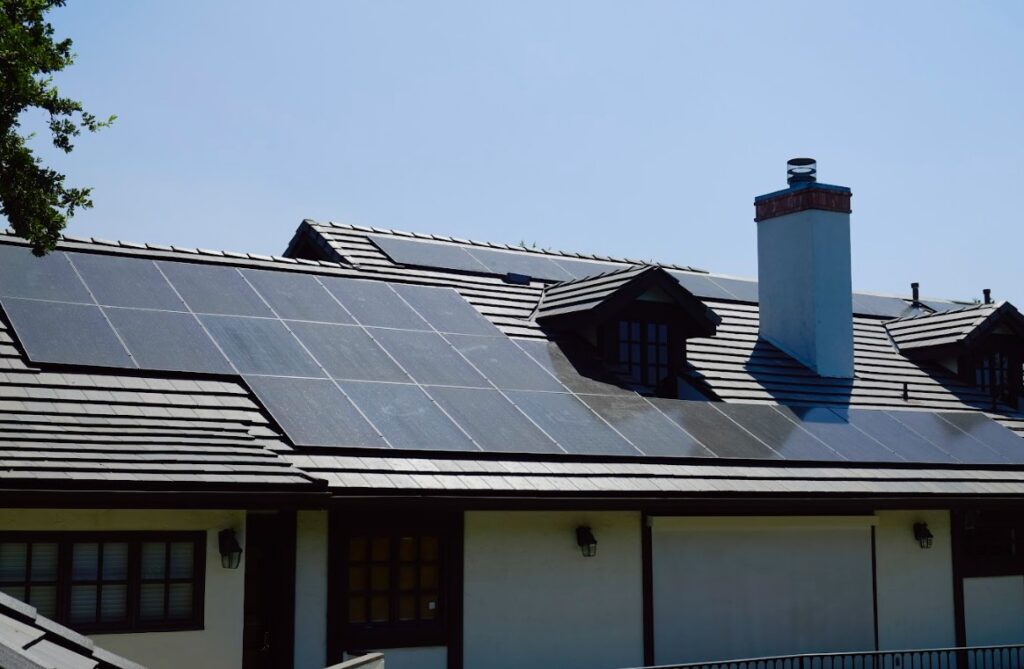
How to Tell If Your Roof’s Already in Trouble
You don’t need to be a roofer to notice when something’s not right. If you’re seeing any of these signs, it’s time to bring in a pro:
- Water spots or discoloration on your ceiling
- A musty smell in the attic or top-floor rooms
- Shingles that look warped, cracked, or curling
- Peeling paint near the edges of your roof or gutters
- A big spike in your energy bills (could mean insulation is wet)
These are the early warning signs. Ignore them, and the damage gets deeper—and more expensive.
How We Protect the Weakest Parts of Your Roof
Here’s the difference with Shelter Roofing and Solar: we don’t just slap on shingles and call it good. We look at the whole system—especially the weak points—and make sure everything is built to last.
Flashing done right
We use high-quality metal flashing, and we install it the right way around every penetration—chimneys, skylights, vents, valleys. No shortcuts, no guesswork.
Ventilation that works
You can’t just cover your roof and hope for the best. Without proper airflow, heat and moisture get trapped inside, which leads to mold and damage from the inside out. We design venting that fits your roof and your climate.
Full roofing systems
We don’t just replace the surface—we look at the underlayment, drip edge, decking, pipe boots, and more. Every part matters, and cutting corners on any of them leads to failure down the line.
Integrated solar solutions
Since we install solar in-house, we make sure the mounts are sealed, flashed, and designed to hold up long-term. No leaks, no future headaches.
Why This Matters for Thousand Oaks Homeowners
Roofs around here go through a lot—dry, hot summers, occasional heavy rain, and plenty of UV exposure. That mix breaks down materials faster than you’d think, especially on roofs that are 20, 30, or 40 years old.
If your home was built in one of the older neighborhoods around Thousand Oaks, there’s a good chance your roof is reaching the end of its life—or already showing signs of it.
But here’s the upside: with the right team, you can fix the problem areas before they become a full-blown disaster. That’s what we do best.
What to Do Next
If you’re reading this and thinking, “I might already have an issue,” don’t wait. Let’s take a look.
We’ll walk your roof, inspect the key areas, and show you what’s working and what’s not. If it needs repair, we’ll give you the best plan to fix it. If it’s time for a replacement, we’ll lay out the full picture—no pressure, just straight answers.
Call Shelter Roofing and Solar. Let’s protect the most vulnerable parts of your home before they turn into your biggest expense.
Go Smart with Shelter. Roofing. Solar. Batteries.
